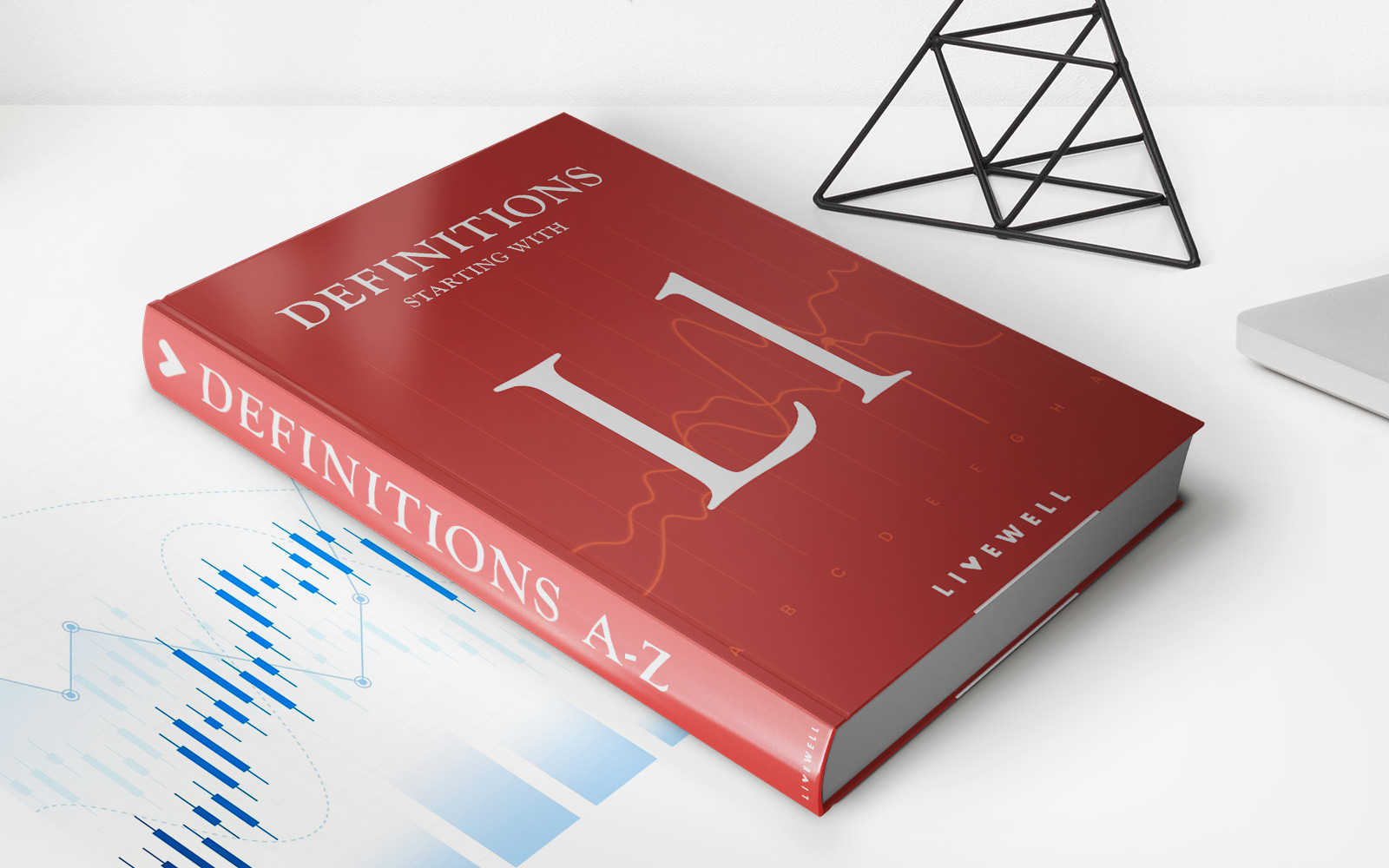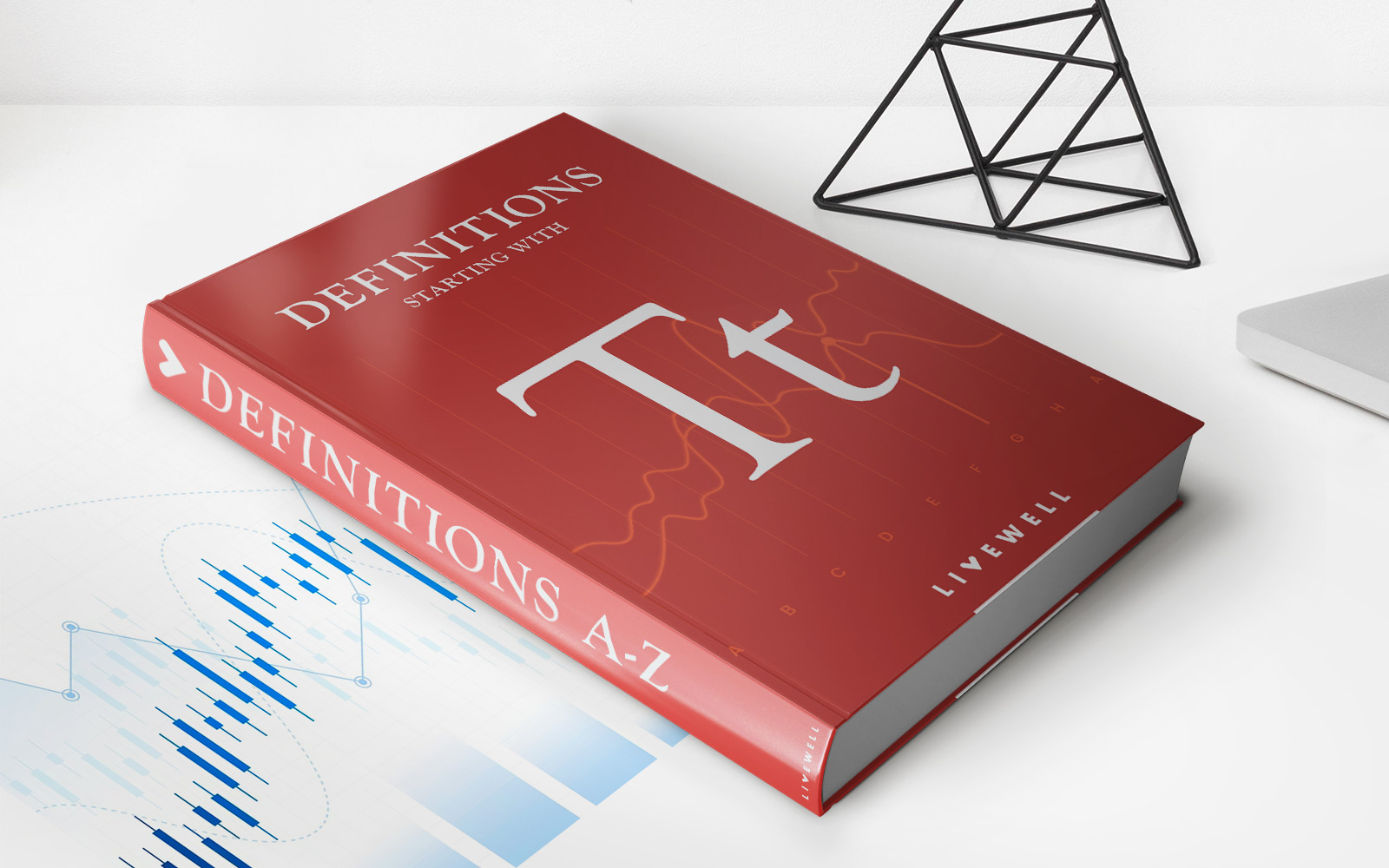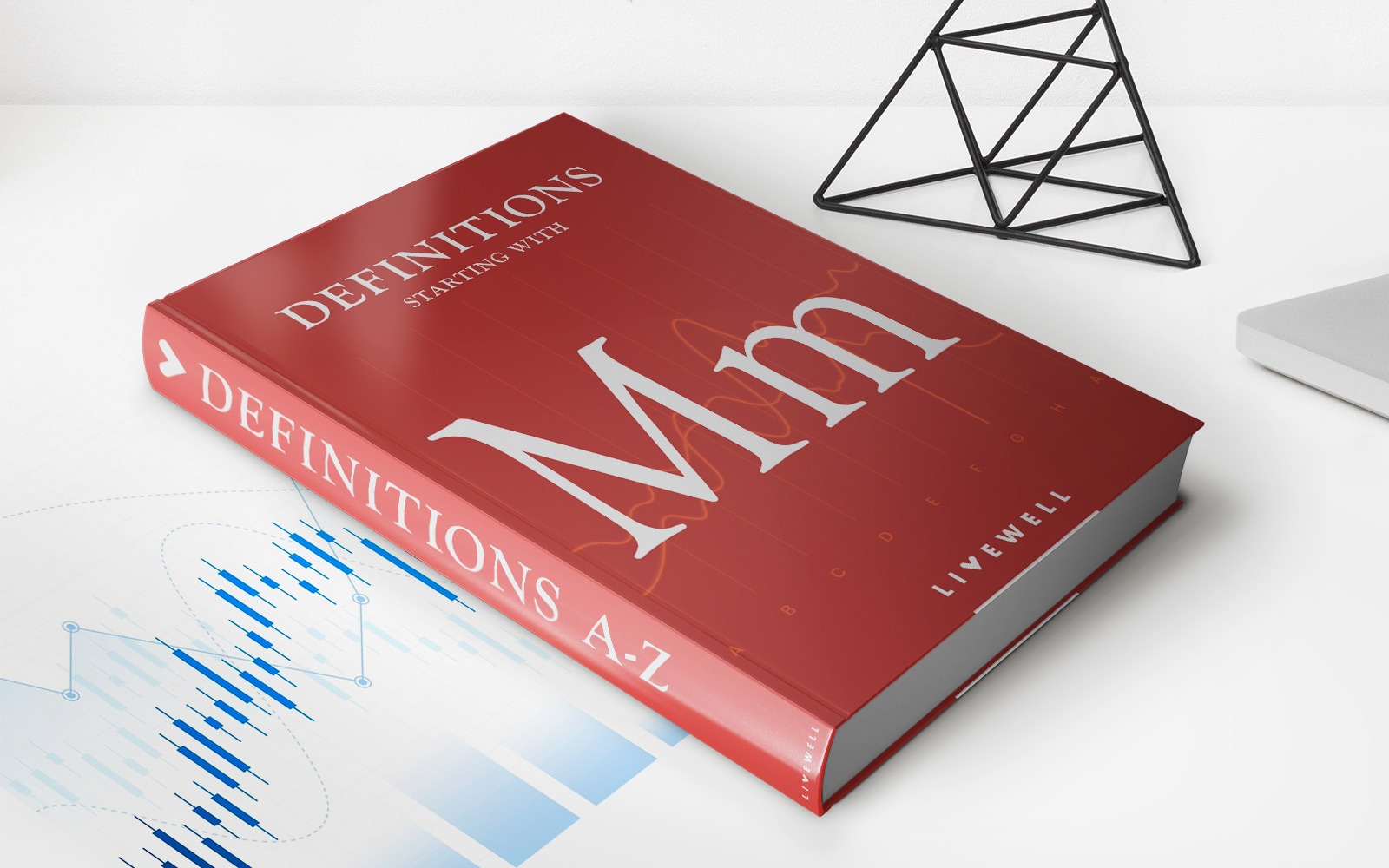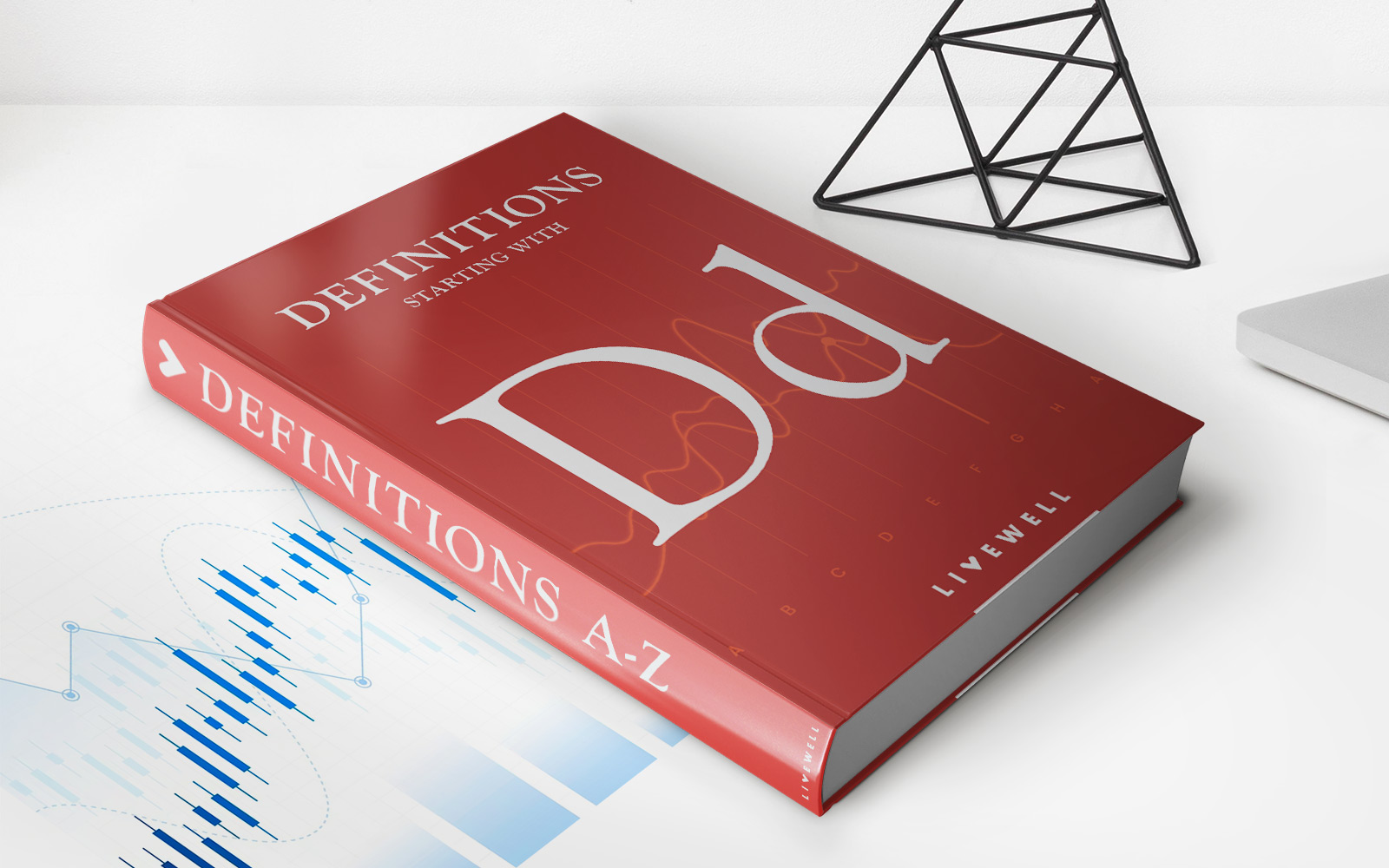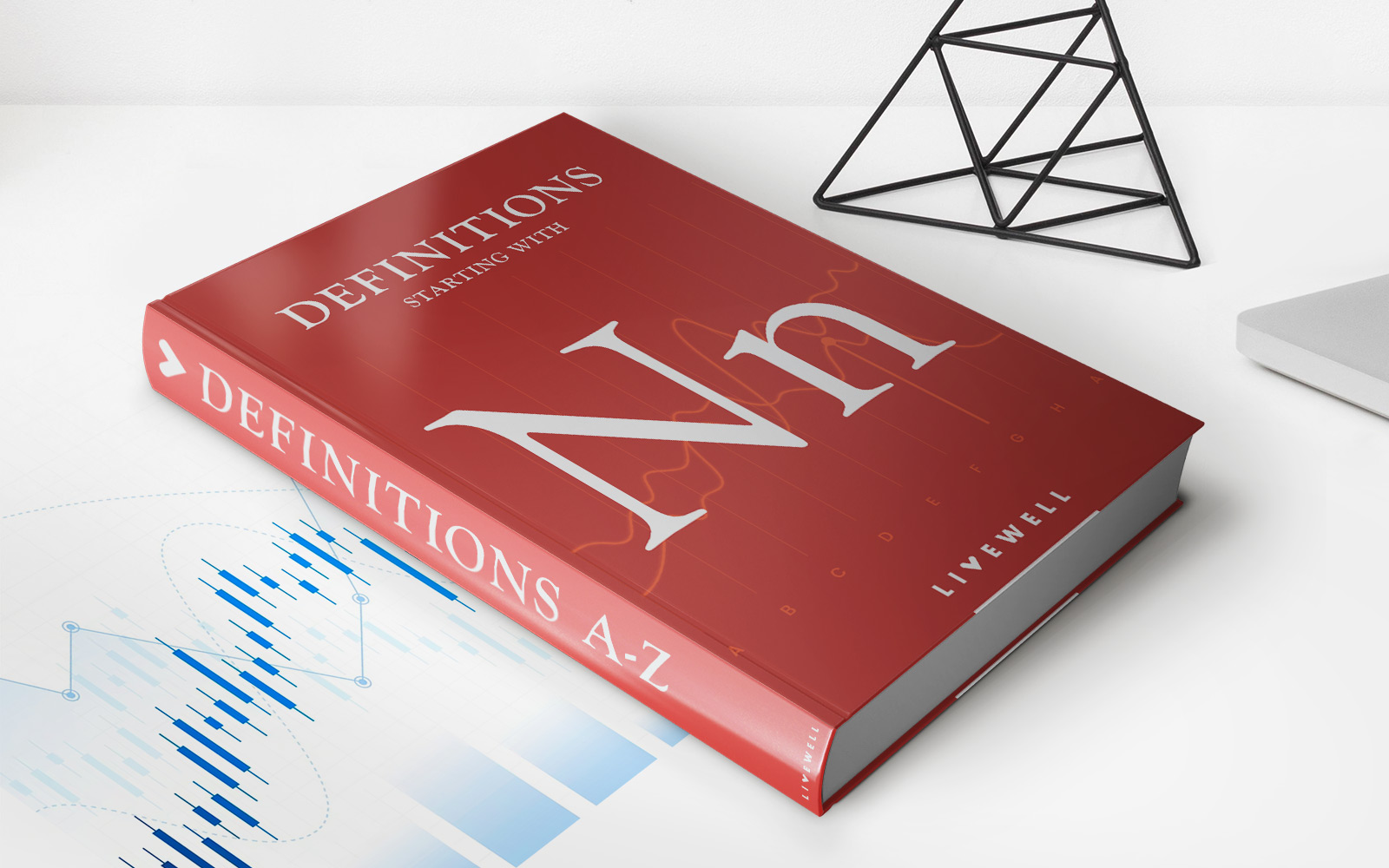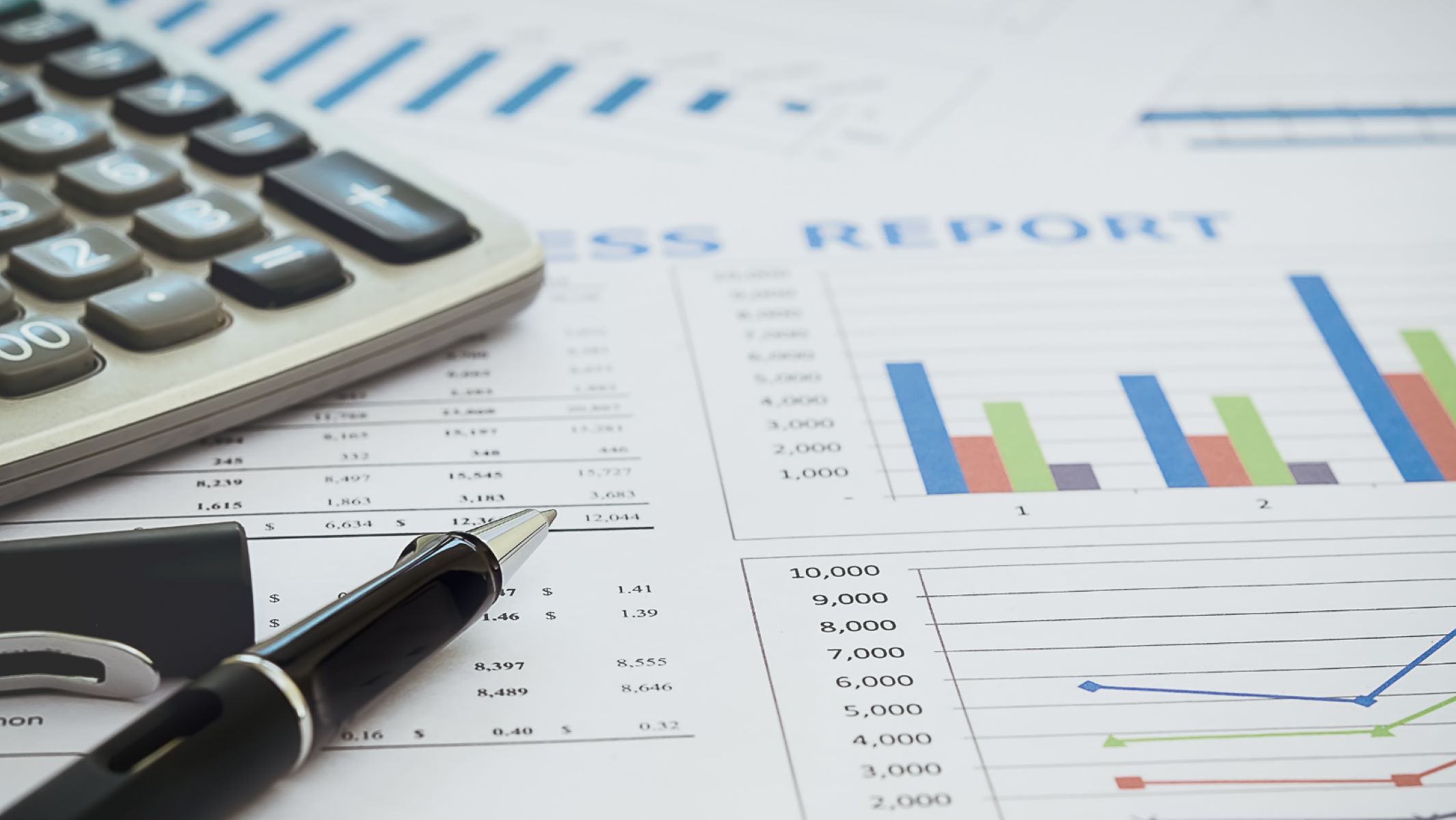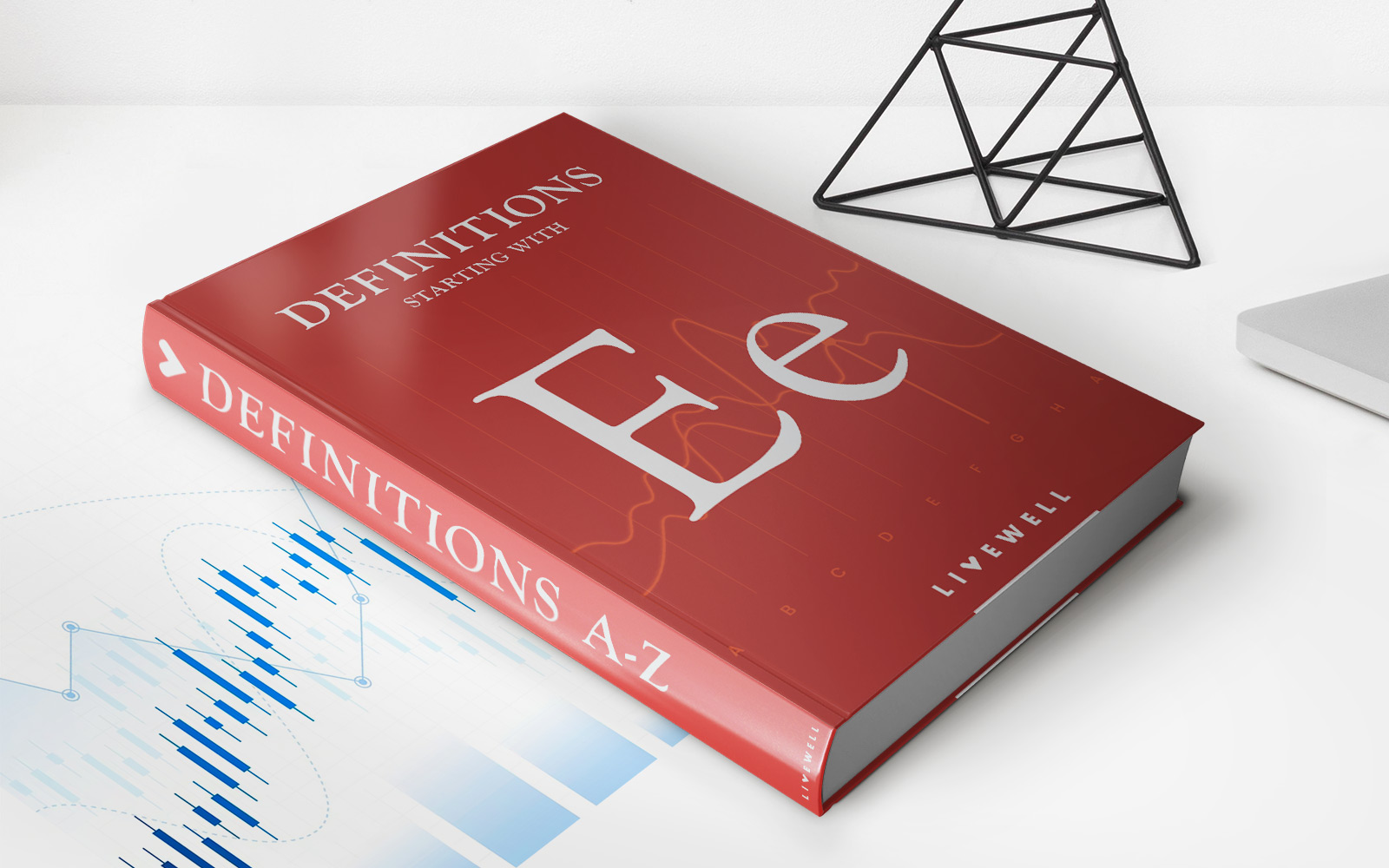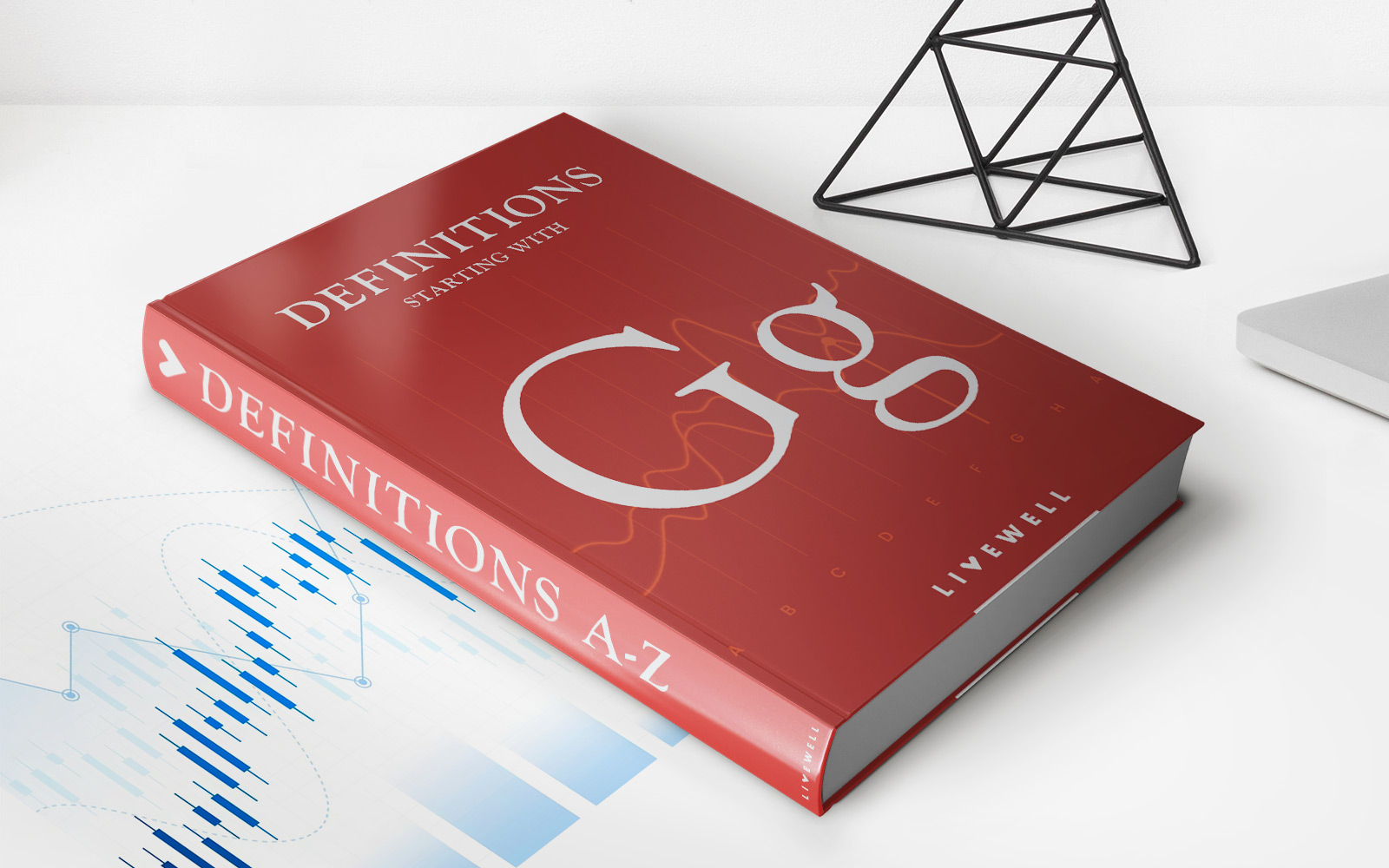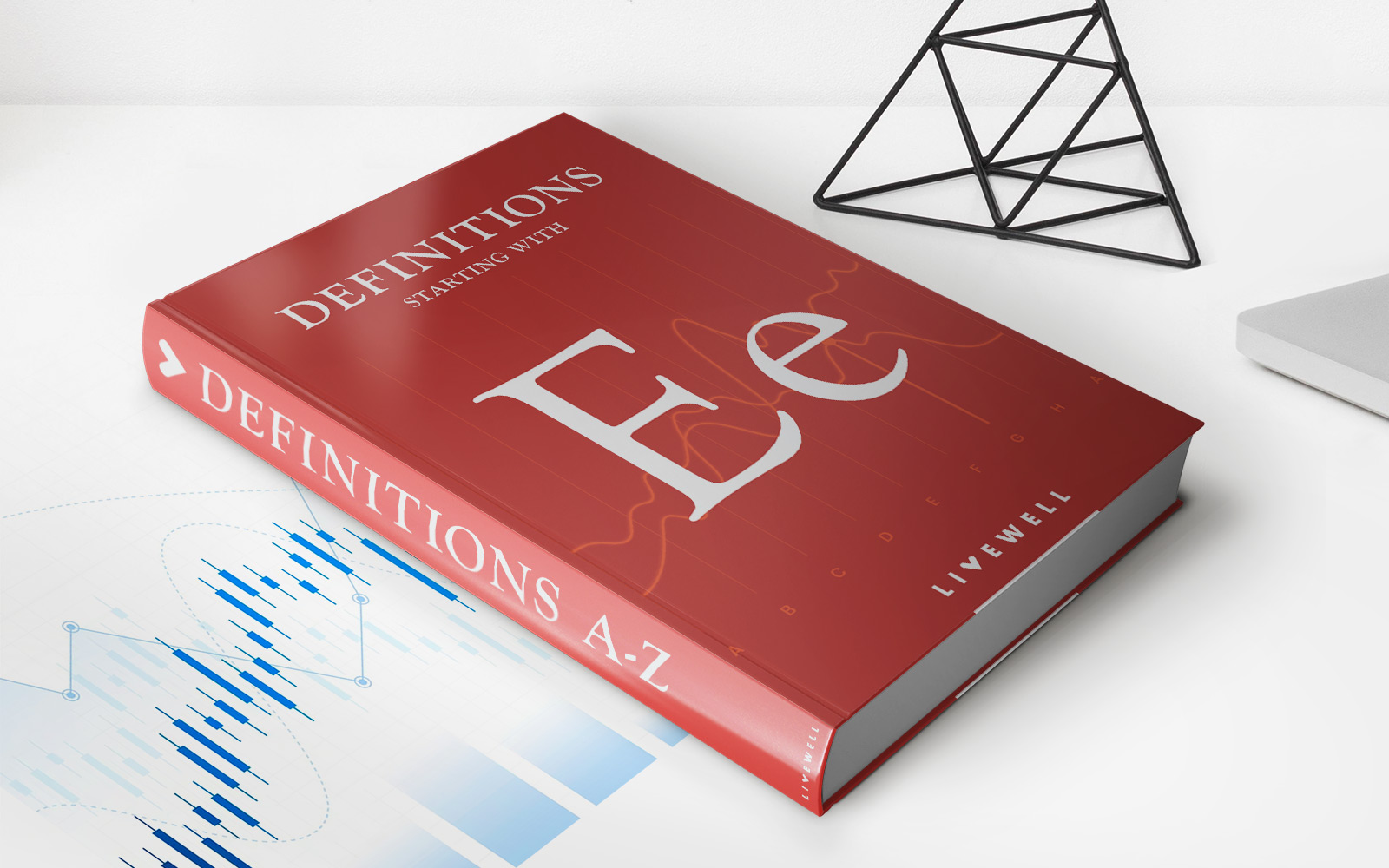

Finance
Exchange Distribution Definition
Published: November 20, 2023
Learn about the distribution of exchange in finance with our comprehensive definition. Understand how it impacts financial markets and trading activities.
(Many of the links in this article redirect to a specific reviewed product. Your purchase of these products through affiliate links helps to generate commission for LiveWell, at no extra cost. Learn more)
What is Exchange Distribution? A Comprehensive Guide
Gaining a firm understanding of finance-related topics can be tricky, especially when it comes to concepts such as exchange distribution. If you’ve ever wondered what exchange distribution is and how it affects different aspects of the financial world, you’re in the right place! In this blog post, we will dive into the depths of exchange distribution, demystifying its definition and shedding light on its significance within the finance industry.
Key Takeaways:
- Exchange distribution refers to the process of distributing goods, services, or financial instruments through a marketplace or exchange platform.
- It plays a crucial role in ensuring fair and efficient transactions, facilitating liquidity, and promoting price discovery.
Let’s begin by defining what exchange distribution entails. In simple terms, exchange distribution refers to the process of distributing goods, services, or financial instruments through a marketplace or exchange platform. This distribution occurs when buyers and sellers interact and engage in transactions, leading to the transfer of ownership or rights.
Exchange distribution is a cornerstone of the financial world, enabling individuals, businesses, and institutions to access and trade various financial products. It provides a platform where buyers and sellers can interact under a set of rules, facilitating exchanges in a fair and orderly manner.
So, why is exchange distribution important? Here are two key takeaways:
- Liquidity: Exchange distribution promotes liquidity in financial markets. It allows individuals and institutions to easily buy or sell assets, ensuring that there is a sufficient supply and demand at any given time. This liquidity is crucial for efficient market functioning, as it allows investors to enter or exit positions swiftly, thus reducing the risk of price manipulation and market inefficiencies.
- Price Discovery: Another significant aspect of exchange distribution is its role in price discovery. By bringing together a multitude of buyers and sellers, exchanges enable the determination of market prices. The interaction of supply and demand on the platform helps establish fair prices for different financial instruments, ensuring transparency and fairness in transactions.
Furthermore, exchange distribution plays a vital role in facilitating trust and confidence in the financial system. Through its regulatory frameworks and oversight, exchanges establish rules that protect market participants, promote market integrity, and prevent fraud or manipulation. This allows individuals and businesses to engage in transactions with confidence, knowing that they are operating within a secure and regulated environment.
Overall, exchange distribution is an essential component of the finance industry, enabling the seamless trading of various financial instruments. It not only promotes liquidity but also facilitates price discovery, ensuring fair and efficient markets. By understanding the fundamentals of exchange distribution, individuals can navigate the financial landscape with greater confidence and make informed investment decisions.
So, the next time you come across the term “exchange distribution,” you’ll have a solid grasp on its definition and significance in the world of finance.

